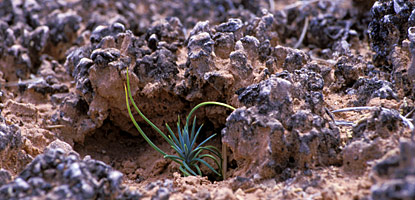I knew I wasn’t as prepared as I should be for such a
notoriously challenging hike.
Two weeks earlier we were hiking into the Rockies, and I made it around 5 miles before tuckering out enough to turn around. Now, the only impressive part of this undertaking is probably its location, but (I feel obligated to admit) we live only about a half hour at the trailhead, and at an elevation of about 8,000 feet. I was carrying about 25 pounds (my goal pack weight for the AT) for the first time, and the hike in was largely uphill and snowy… and I had a cold. But, recognizing the enormity of physical challenge in my near future, I felt that first spark of concern scorch a spot inside me. Luckily I was drinking plenty of water, and a few days later (after my soreness from the hike wore off), the ashes must have washed out because I was back to being plain old excited for our trip.
Two weeks earlier we were hiking into the Rockies, and I made it around 5 miles before tuckering out enough to turn around. Now, the only impressive part of this undertaking is probably its location, but (I feel obligated to admit) we live only about a half hour at the trailhead, and at an elevation of about 8,000 feet. I was carrying about 25 pounds (my goal pack weight for the AT) for the first time, and the hike in was largely uphill and snowy… and I had a cold. But, recognizing the enormity of physical challenge in my near future, I felt that first spark of concern scorch a spot inside me. Luckily I was drinking plenty of water, and a few days later (after my soreness from the hike wore off), the ashes must have washed out because I was back to being plain old excited for our trip.
With a week’s worth of gear and two friends in tow, our first stop on our Spring Break excursion was Arches National Park in Utah. When you first get to the Arches/Moab area, the most striking first impression has to be the staggering quantity of Jeeps. Surely everyone there must have one abnormally muscular arm from continuous waving to fellow Jeepsters. The most striking second impression is in the park. The precariously perched rocks and seemingly illogical arches are unsettlingly beautiful. I’m the sort of person whose heart rate increases exponentially with every Jenga piece that is pulled. Staring at the bizarre shapes around us not only imbued the impressiveness of geologic history-- it inspired a sense that at any moment everything around could come tumbling down.
In Arches, the requirements for backcountry camping include
being at least a mile from any road and out of view of any arches. After
talking to a ranger we decided to hike out from a trail area in the Windows
Section called the Cove of Caves. Most of the area was relatively flat and with
only low-level vegetation (pretty easy hiking); the challenge was hoping over “lava.”
In this case, the lava was a biological soil crust composed mainly of
cyanobacteria, an algae-like microbe that binds soil into clumps and performs
nitrogen fixation, a process that makes nitrogen in the air available to
plants. This is essentially how plants are able to grow in a desert like this.
It takes about 50 years for this crust to fully develop, at which point it
looks like this:
Photo credit:
http://www.nps.gov/arch/naturescience/soils.htm
Let me tell you, this stuff was not easy to avoid. It was a relief
when we got to the stream wash (a temporarily dry stream bed) where the crust
can’t grow and we could walk without planning every step. Below is an image of
our campsite, where we had the first of many incredible star-gazing evenings
and a moon so bright I actually thought someone was shining a flashlight on our
tent at one point.
Our
backcountry camp (right side of photo) in Arches National Park.
The next morning we hiked out and drove to the Grand Canyon,
and the morning after that I found myself staring out into the abyss with a
full pack and an acrobatic stomach.




No comments:
Post a Comment